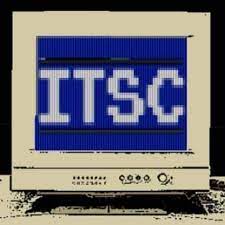In Sama’s latest ebook, CEO Mark Bakker shares the benefits of ML algorithms for pest, disease and weed identification for better crop management, reduced pesticide usage and increased productivity.
Finding high-quality training data for AgTech computer vision models can be challenging and costly—prompting many Machine Learning teams to explore synthetic data as a way to augment or enhance their datasets. Mark will host a roundtable at World Agri-Tech Synthetic Training Data in AgTech: Balancing Pros, Cons, and Best Practices.
Ahead of this, Mark shares a case study of how Sama used computer vision technologies to help start-up company Orbisk on its mission to help restaurants capture data about food waste:
- Orbisk needed a way to ensure its models could be used to accurately identify different foods in all their potential shapes and sizes, from a variety of angles.
- Sama’s solution was to help build and improve the dataset used to train the computer vision algorithms to accurately identify ingredients, including meat, vegetables, fruit, bread, condiments, sauces, and desserts.
- Open feedback loops enabled the rapid escalation and resolution of edge cases and accommodation of new data sources.
- Same accurately labelled hundreds of thousands of food images with a 99% client acceptance rate.
The impact:
- 200,00kg of food diverted from landfills to date
- 70% reduction in food waste for key clients
- Fewer harmful GHG emissions
Read the full ebook here, to learn more about how Sama is tackling agricultural challenges through machine learning.
Join Mark’s roundtable discussion at World Agri-Tech San Francisco on March 19-20, to hear examples from companies who have found the right balance, as well as additional tactics to try instead of—or alongside—synthetic data. Book your place here.
This post originally appeared on TechToday.
